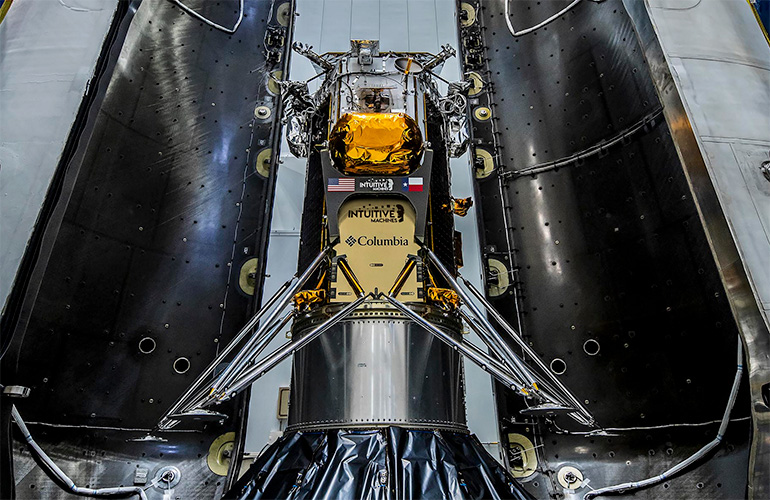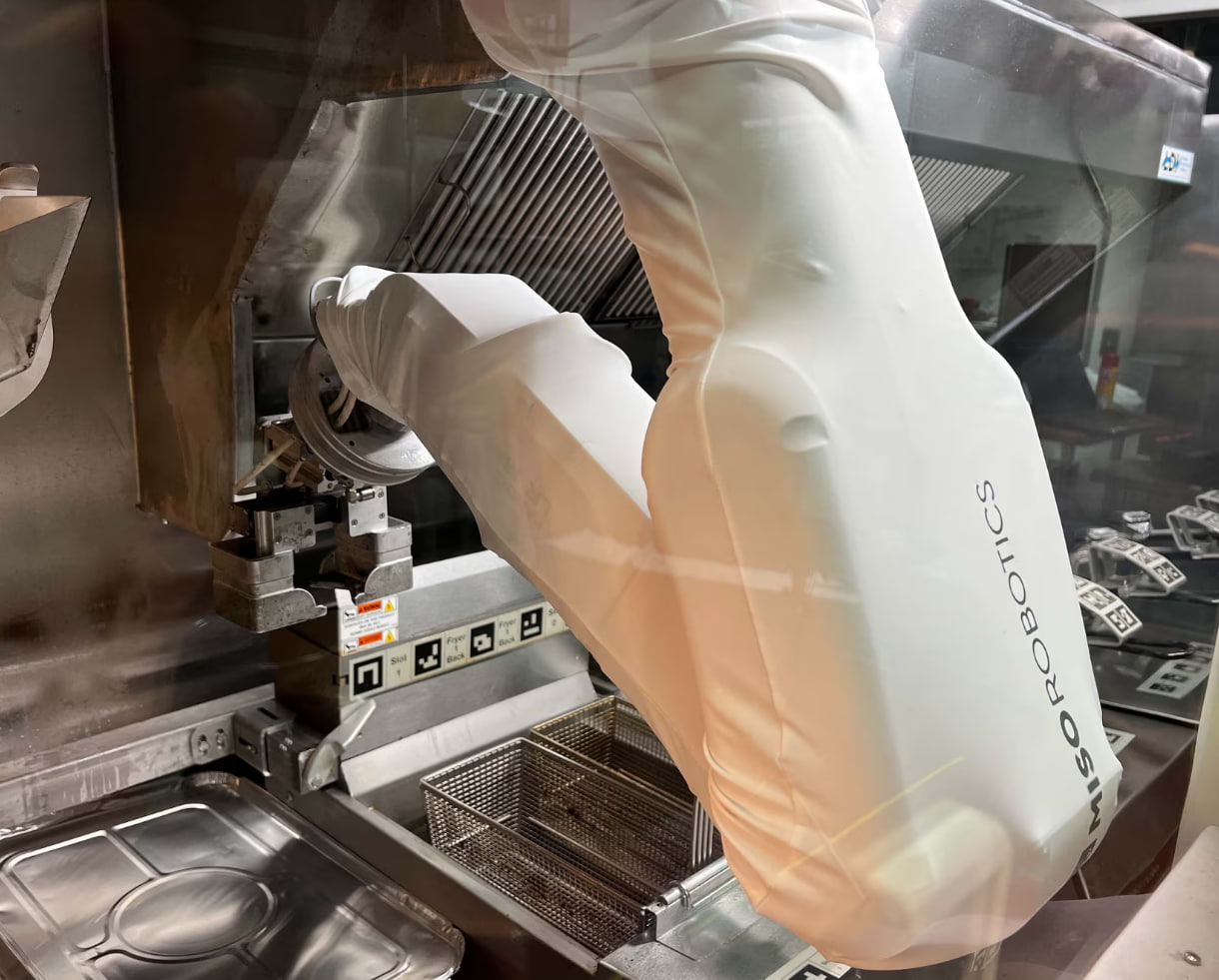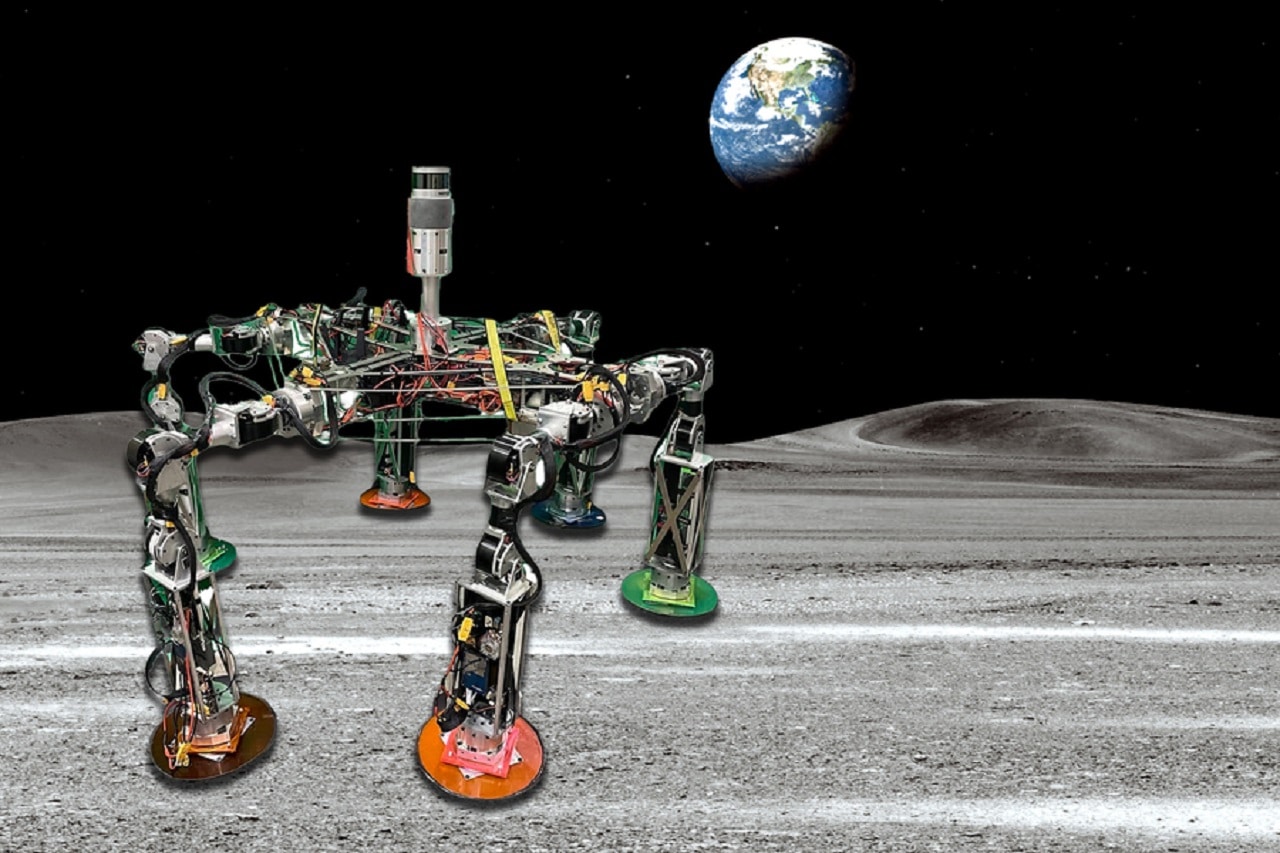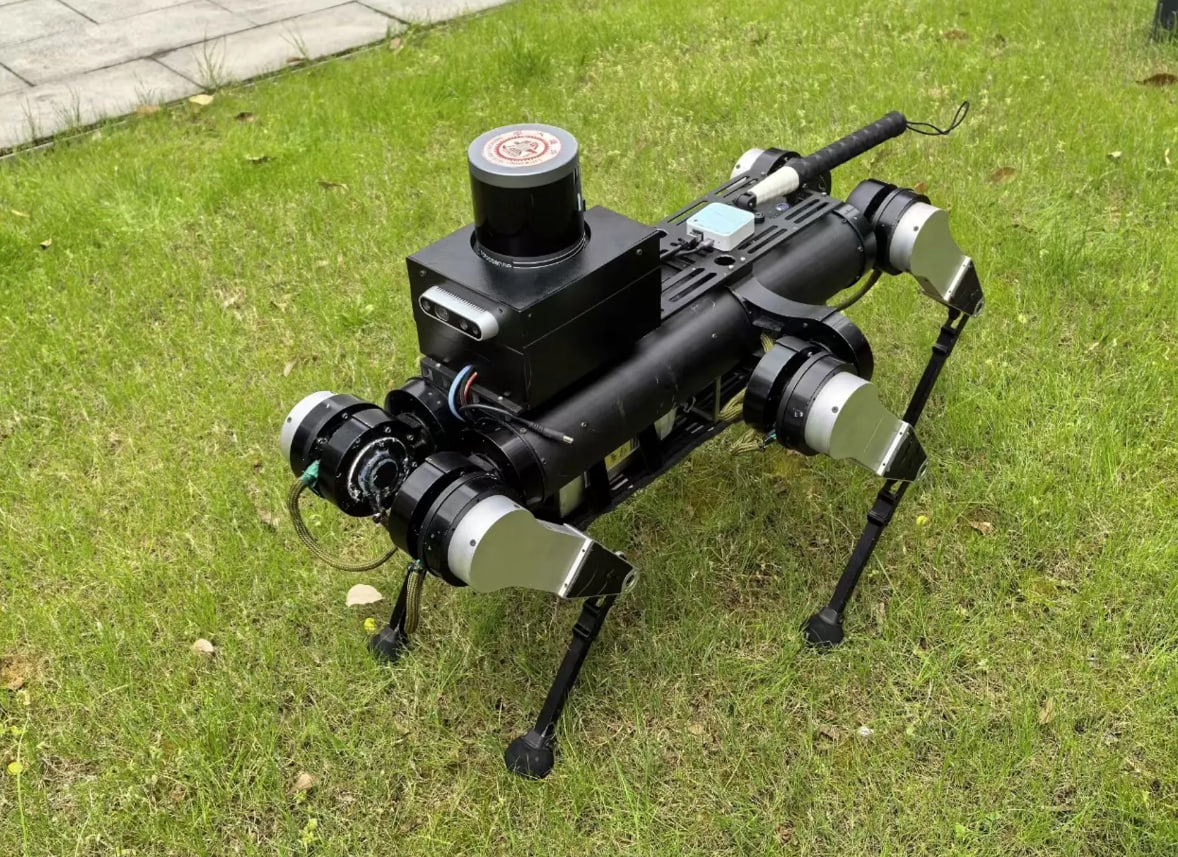Fifty years after NASA astronauts last walked on the lunar surface, a private spacecraft has now landed on the moon, signifying a seismic shift in space exploration. On February 27th, 2024, Nova-C, a lunar lander designed and launched by Houston-based Intuitive Machines, successfully touched down near the rim of Malapert crater following a week-long journey. Nicknamed "Odie," Nova-C is the first commercial craft to reach the moon, inaugurating NASA's Commercial Lunar Payload Services (CLPS) program that contracts private companies to build and fly payload delivery missions.
The safe landing capped years of development and months of anxious waiting after the attempted launch of another commercial lander, Pittsburgh-based Astrobotic's Peregrine, failed catastrophically last fall. While countries like India, Japan, China, and Russia have landed government-funded missions on the moon in recent years, Odie's arrival proves the nascent private space industry can now achieve feats previously limited to superpowers.
According to Steve Altemus, Intuitive Machines' CEO, the Nova-C lander is carrying instruments and tech demonstrations for NASA and other commercial clients. For the next week until the start of the brutally cold 14-day lunar night, the solar-powered Odie will deploy its payloads and beam data back to eager scientists on Earth. While the lander itself won't survive the nighttime temperatures plunging below -300°F, the instruments and lessons learned will live on.
Odie's milestones moves NASA a step closer to meeting its goal of returning humans to the lunar surface by the late 2020s under the Artemis program. Building on Apollo-era achievements, Artemis aims to establish a permanent base and space economy on and around the moon. If NASA sticks to its ambitious schedule, the foundations for humanity's expansion into the solar system could be laid within this decade.
Of course, as seen in Astrobotic's crash, progress won't follow a smooth trajectory. But Odie's success reinforces the momentum and innovation emerging from new players like Intuitive Machines, SpaceX, Blue Origin and others now partnering with space agencies. If scientists and entrepreneurs continue working and dreaming together, the moon, Mars, and beyond may soon host outposts bearing the flags of companies instead of merely countries.


















